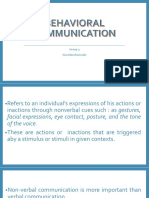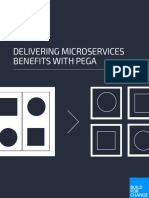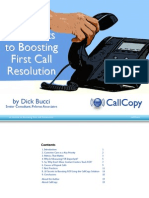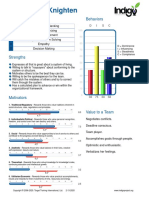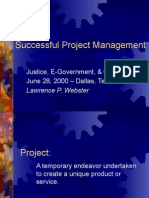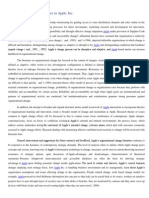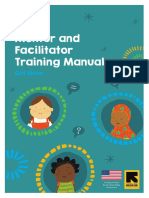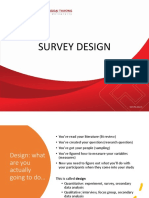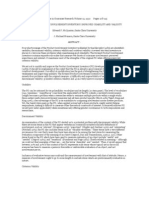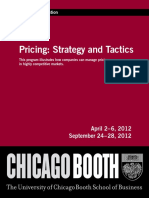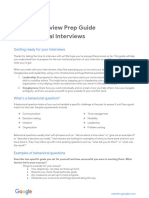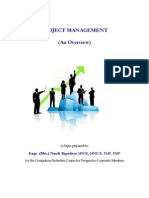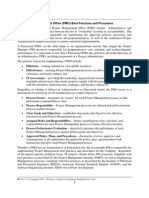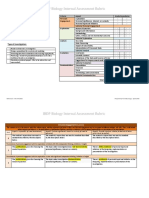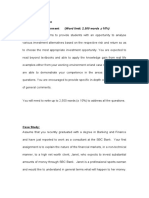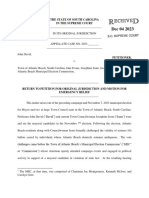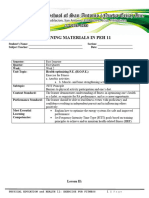0% found this document useful (0 votes)
90 views6 pagesProject Management
The document discusses the history and evolution of project management and project management software from the 1970s to the present. It covers the emergence of early software companies in the 1970s, the growth of the field in the 1980s-1990s due to personal computers and networking, the development of the Capability Maturity Model in 1986, the integration of earned value management in 1988, the creation of PRINCE2 in 1996, and the rise of cloud computing which allows project management to be done from anywhere.
Uploaded by
Wajiha SharifCopyright
© © All Rights Reserved
We take content rights seriously. If you suspect this is your content, claim it here.
Available Formats
Download as DOCX, PDF, TXT or read online on Scribd
0% found this document useful (0 votes)
90 views6 pagesProject Management
The document discusses the history and evolution of project management and project management software from the 1970s to the present. It covers the emergence of early software companies in the 1970s, the growth of the field in the 1980s-1990s due to personal computers and networking, the development of the Capability Maturity Model in 1986, the integration of earned value management in 1988, the creation of PRINCE2 in 1996, and the rise of cloud computing which allows project management to be done from anywhere.
Uploaded by
Wajiha SharifCopyright
© © All Rights Reserved
We take content rights seriously. If you suspect this is your content, claim it here.
Available Formats
Download as DOCX, PDF, TXT or read online on Scribd
/ 6







